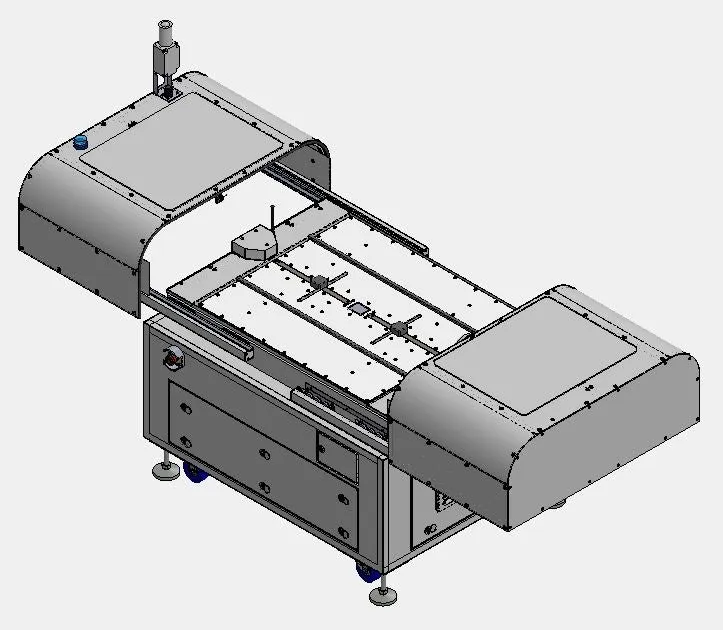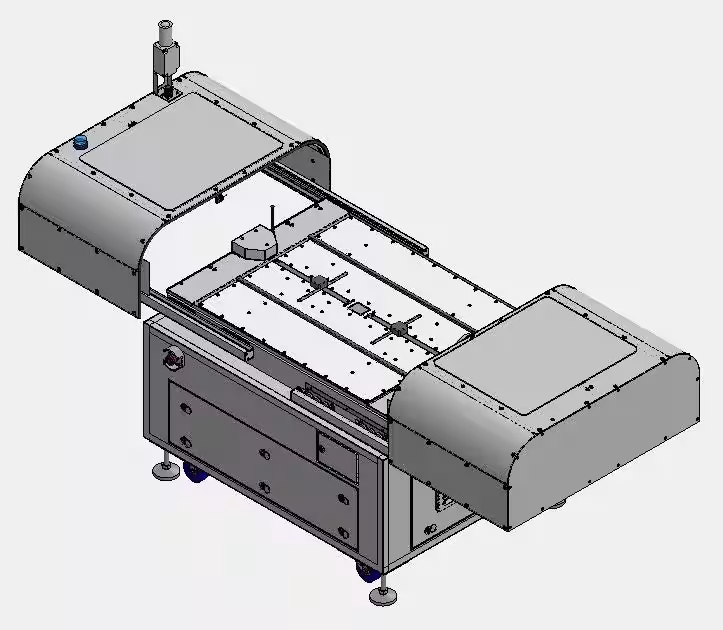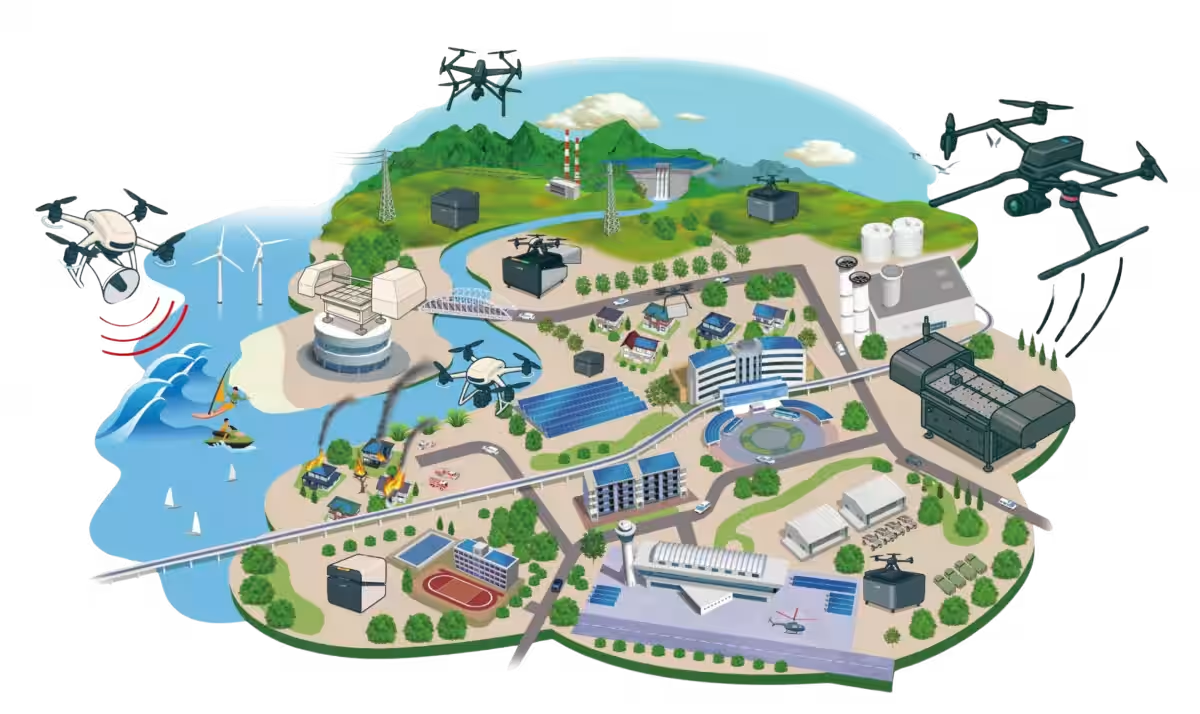

Japan's Innovative Drone Port Project: A New Frontier in Aerial Infrastructure
Japan's Innovative Drone Port Project
In recent years, the utilization of drones has expanded significantly across various fields, including disaster response and infrastructure maintenance. Addressing this growing demand, four prominent companies - VFR Corporation, Cube Earth, Prodrone, and Blue Innovation - are spearheading an initiative to develop a prototype of a domestically produced drone port. Officially recognized under Japan's Ministry of Economy, Trade and Industry's “Small Business Innovation Research Phase 3” program, this project aims to unveil the prototype at the Japan Drone / Next Generation Air Mobility EXPO 2025 from June 4 to 6, 2025.
The Need for Safe Drone Operations
The development of drone ports is crucial for ensuring safe takeoff and landing, charging, and maintenance as we advance towards increased automation in various industries. Currently, most drone ports under development are foreign-made, raising concerns about security and the necessity for robust preventive measures. Thus, there is an urgent need for drone ports tailored to Japan's unique disaster environments and infrastructure frameworks.
Recognizing this need, the consortium of VFR, Cube Earth, Prodrone, and Blue Innovation has embarked on a collaborative effort to actualize a domestic drone port. This amalgamation of expertise is supported by the Japanese government’s funding program aimed at boosting innovation among small and medium enterprises.
Launching the Prototype for Social Implementation
The consortium is focused on accelerating the implementation of drone ports, developing units that promise higher standards of safety, versatility, and expansibility. The design specifications of the drone port will include:
- - Safety: Ensuring seamless and secure takeoff and landing operations, particularly as landing and takeoff phases tend to witness the most accidents.
- - Versatility: Catering to various operational needs by enabling multiple manufacturers' drones to operate from a single port.
- - Expansibility: Facilitating compatibility with external systems, complying with the ISO 5491 international standard for drone ports.
The prototype drone port, to be exhibited at Japan Drone 2025, represents an essential step toward realizing this aerial infrastructure.
Specifications Overview
The specifications for the prototype drone port are as follows:
- - Size: When the cover is closed, dimensions are W 1,250mm x D 1,000mm x H 1,000mm.
- - Weight: A maximum of 400kg without air conditioning equipment.
- - Supported Aircraft: Prodrone drones and others (specifications to be discussed).
- - Takeoff and Landing Guidance: High-precision landing capabilities.
- - Power Supply: AC 100-240V, 50/60Hz, 15A.
- - Weather Resistance: Rated at IP55, enduring wind speeds of up to 60m/s (when the cover is closed).
- - Communication and Expansion: Equipped with Ethernet and an external power supply outlet.
- - Standards Compliance: Designed in adherence to ISO 5491 standard.
Roles of Each Company in Development
The four companies play unique roles in crafting this innovative drone port:
- - VFR: Responsible for the design and manufacturing of the drone port, ensuring it meets criteria for safety, versatility, and expansibility.
- - Cube Earth: Supports the design of the installation environment and the configuration of an overflight control system that ensures safe airspace management.
- - Prodrone: Develops high-quality domestic drones suitable for integration with the drone port and provides an automated operation system (PD-GCS).
- - Blue Innovation: Supplies a drone port information management system (VIS) and various software foundations, including high-precision landing systems and inspection technologies.
Upcoming Exhibition Details
The Japan Drone / Next Generation Air Mobility EXPO 2025 will be held from June 4 to 6, 2025, at Makuhari Messe, showcasing significant advancements in aerial technology.
Future Directions
This consortium plans to conduct proof-of-concept experiments in partnership with multiple local governments and infrastructure providers within this fiscal year. Through these endeavors, they aim to verify functionality and design operational frameworks, targeting the social implementation and mass production by 2027.
In light of these developments, the drone port project represents a pivotal moment for Japan, promising to redefine the landscape of aerial infrastructure while affirmatively responding to pressing societal needs.


Topics Other)










【About Using Articles】
You can freely use the title and article content by linking to the page where the article is posted.
※ Images cannot be used.
【About Links】
Links are free to use.